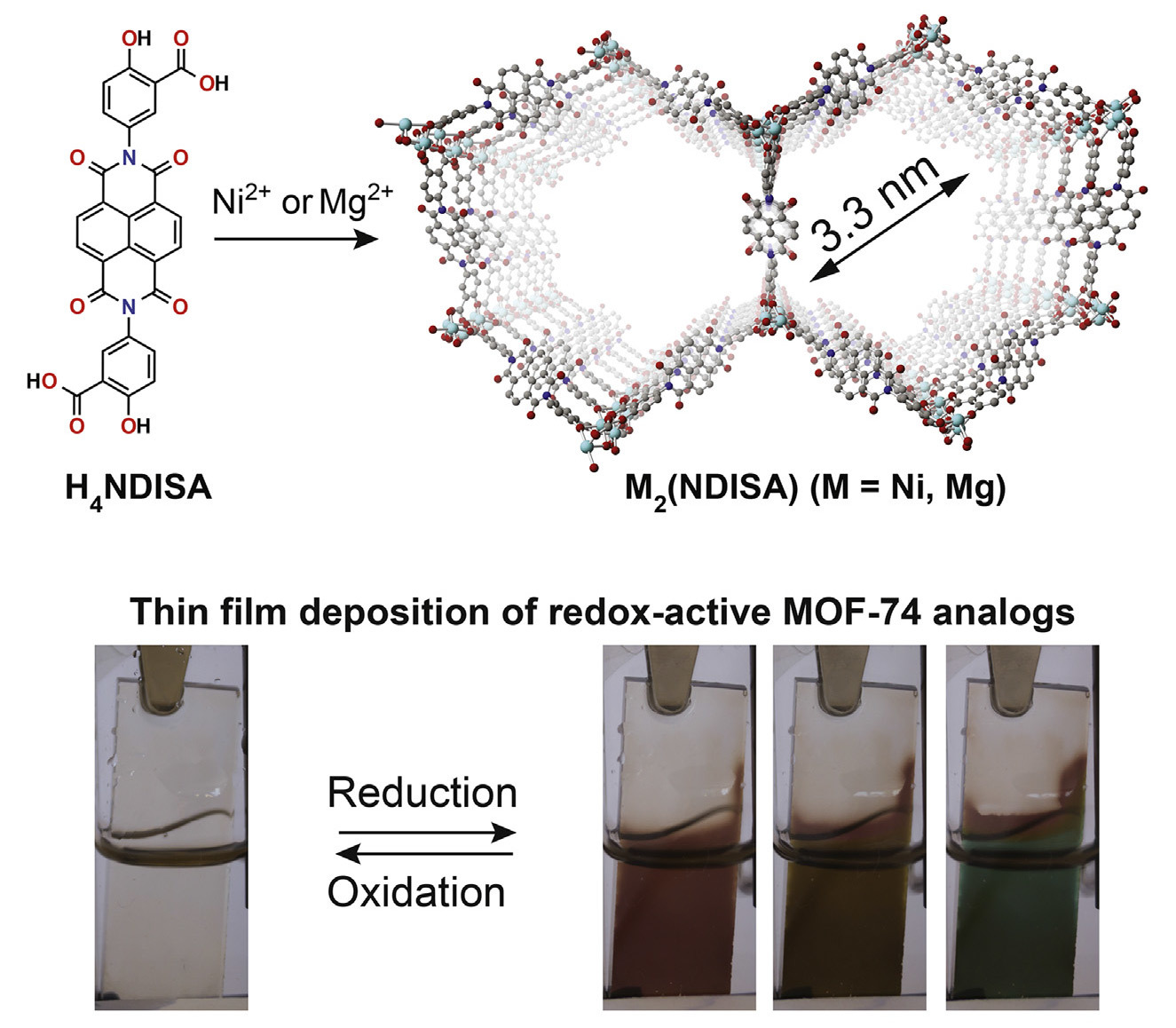MIT made windows that quickly change transparency

A group of researchers at the Massachusetts Institute of Technology has developed a new electrochemical way to quickly change the transparency of glass. Under the influence of voltage, it becomes dark in a few seconds and ceases to transmit light. And vice versa, then in a few seconds you can return the original state. To maintain a transparent or opaque state, no energy is needed - only for a change of state.
According to the authors of the scientific work, this technology can potentially save electricity in the premises, if on sunny days the windows become opaque, the heating of the room and the cost of air conditioning will decrease.
Scientists note that currently there are a number of alternative methods to change the transparency of glass, but their method is characterized by speed and low energy consumption.
')
The lead author of the scientific work, professor of chemistry at the Massachusetts Institute of Technology, Mircea Dincă (Mircea Dincă), explains that electrochemical materials that change color and transparency under the influence of voltage were used in the creation of glass. They are radically different from photochromic materials used in the famous chameleon glasses, which darken in the light. Photochromic materials react much more slowly and have a low degree of change in transparency. Existing electrochromic materials that have a very limited scope of application suffer from the same limitations. For example, in Boeing 787 airplanes, the windows are made of electrochromic glass. They also darken when voltage is applied, but the process takes several minutes. Obviously, this is too long.
Dimming glass
Glass lightening
The duration of the process of changing the state of electrochromic glass is due to the fact that it is necessary to fill the entire material with positively charged ions, under the influence of which the material changes color. The ions move relatively slowly - so the process goes relatively long.
Chemists from the Massachusetts Institute of Technology overcame this limitation due to the use of metal-organic framework structures (metal-organic framework, MOF), which let in both electrons and ions at very high speeds. Such materials have been used in industry for several decades. For example, they are like a sponge able to accumulate and store large amounts of hydrogen. Apply them as catalysts for other purposes. But a group of researchers from MIT was the first to use the optical properties of metal-organic framework structures.
Scientists have also managed to solve the problem of colored shade of dark glass. Even the portholes in the Boeing 787 in the dark state actually represent a dark shade of green. New electrochemical glasses change their state from completely transparent to almost completely black, which consists of a mixture of green and red.
At the physical level, the material consists of two components: an organic material and a metal salt. When mixed, they form a film of material, analogous to MOF-74, but with the possibility of oxygen-reducing processes. Depending on the use of a magnesium or nickel salt, this can be Mg 2 (NDISA) (H 2 O) 2 ] ⋅ 2.4 (H 2 O) (Mg-NDISA) or [Ni 2 (NDISA) (H 2 O) 2 ] ⋅4 (H 2 O) (Ni-NDISA).
In addition to window glass, the new material may come in handy in some types of displays that can display an image without consuming energy, like electronic ink.
The scientific work was published on August 11, 2016 in the journal Chem (doi: 10.1016 / j.chempr.2016.06.013).
Source: https://habr.com/ru/post/396863/
All Articles